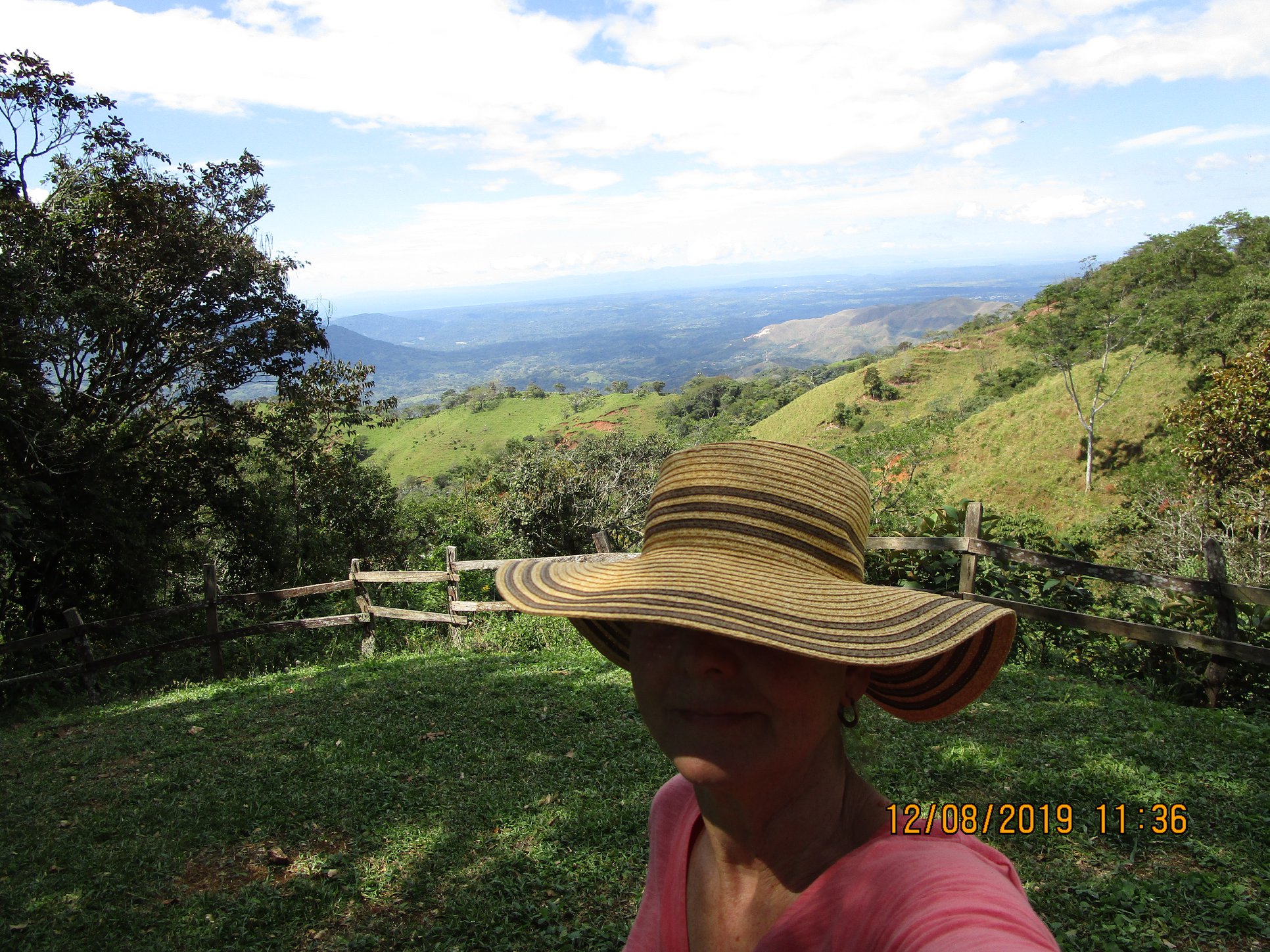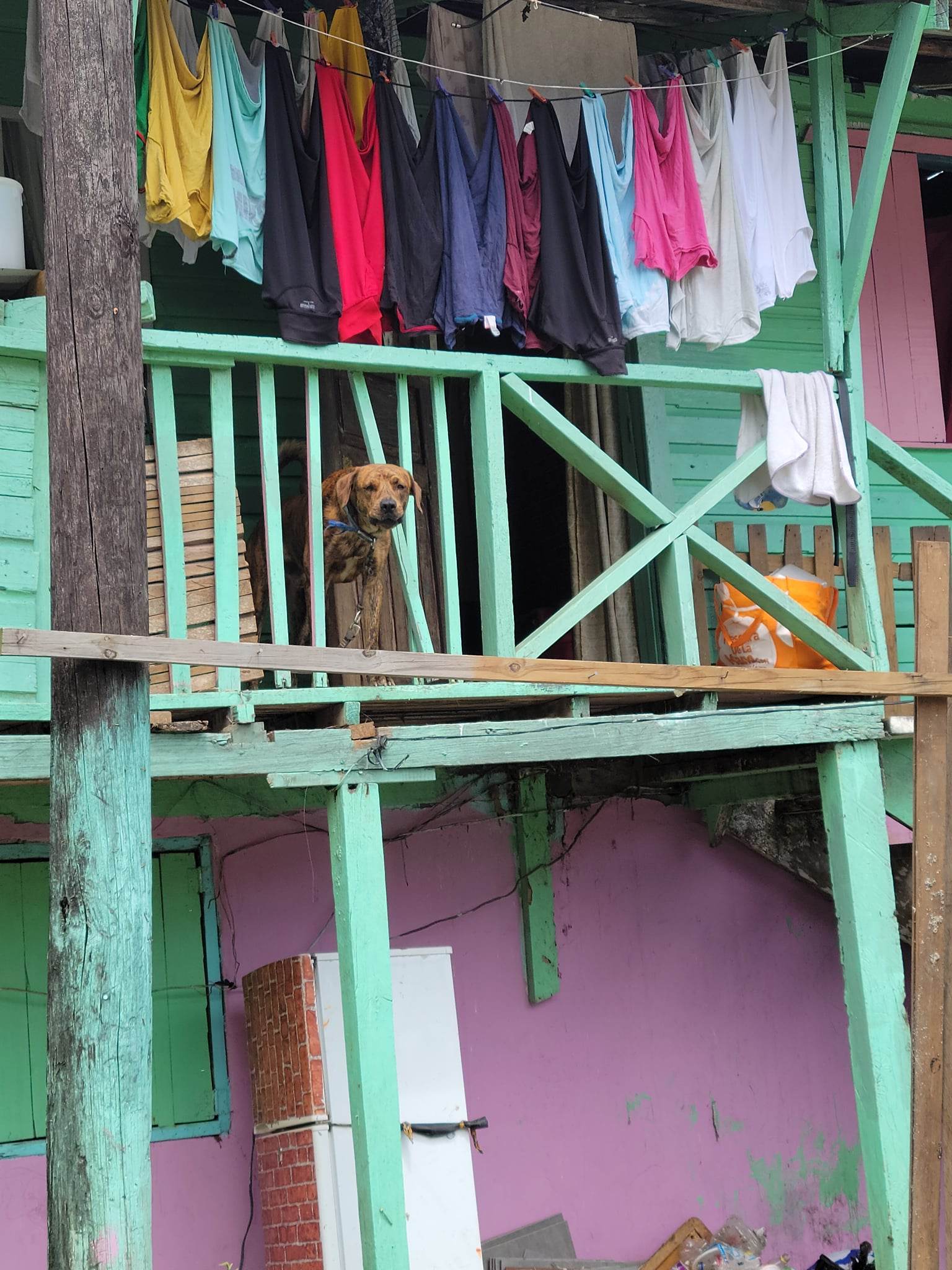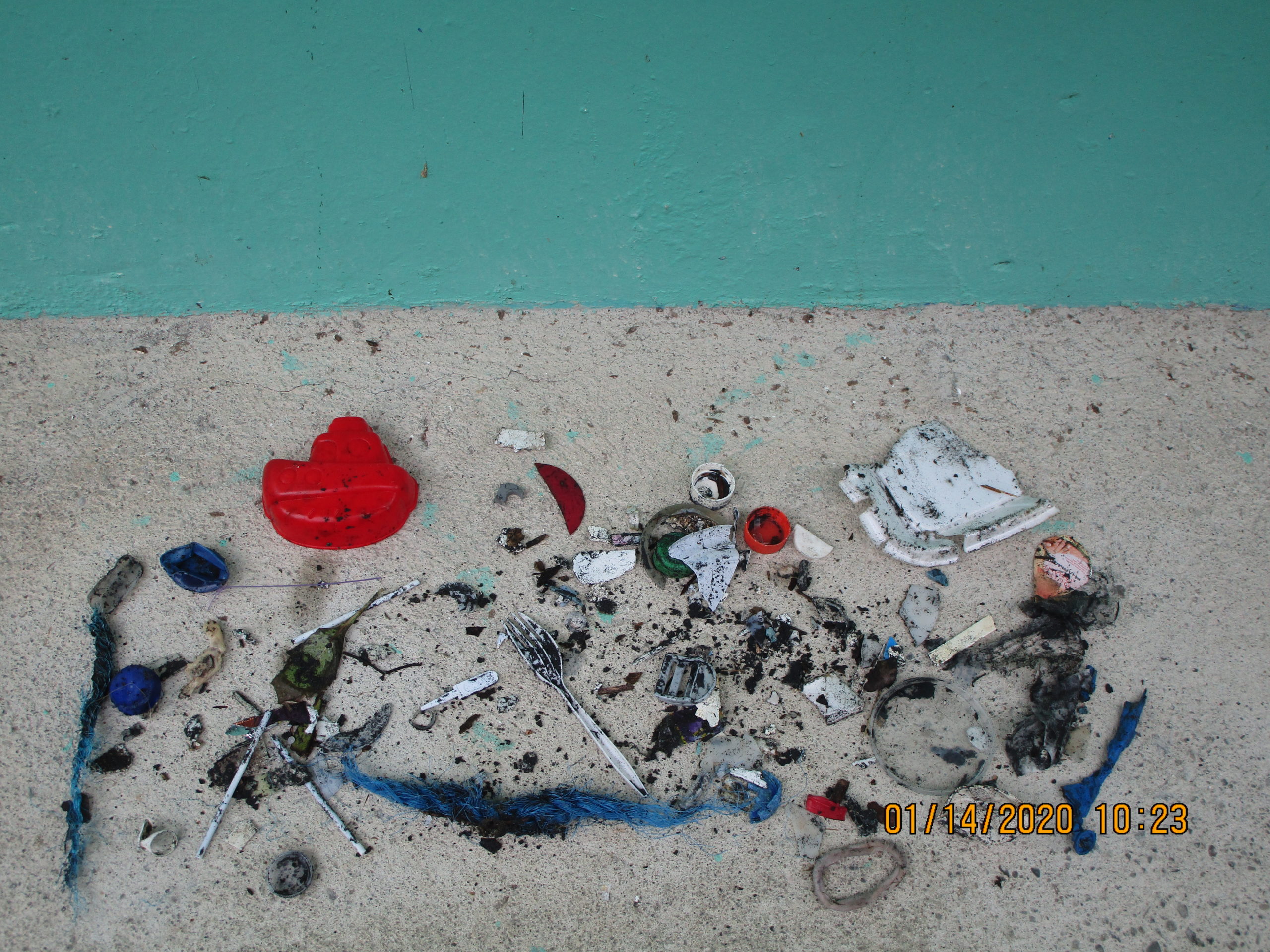The Price of a Banana
I wrote this in early 2021; due to inflation, prices may have increased slightly. But my premise remains true: Bananas are still the cheapest food.
A friend mentioned the other day that she wanted to find out what just one banana cost in each town and each store in this area. She figures it’s somewhere between 40 and 100 Colones. She has a plan to save all of her loose five Colon coins to use just for buying one banana at a time.
This would be a good reason for keeping the five Colon coin in circulation. The Costa Rican government, it is rumored, has decided to stop minting them.
As someone who has spent time in search of grants for conducting relevant research on sociolinguistic topics, this idea: “to find out the cost of a banana everywhere in Costa Rica” strikes me as equally laughable and plausible, because it is something measurable, quantifiable, tangible—even as it is also trivial. It is actually possible to go to all the stores in a town or to all the towns in a region to find out the price of a banana and then to use those findings to create an endless stream of statistical data for any number of conclusions. It could become a landmark discovery; a ground breaking investigation into all sorts of economic and cultural trends—past, present, and future. (If someone reading this decides to take that idea and run with it please let me know and I will join you.)
I am currently reading Frank McCourt’s memoir, ‘Tis because it was the most appealing (no pun intended) paperback I found on the shelf at a hostel in Bocas del Toro, Panama where I stayed recently. I read in McCourt’s memoir that in the 1950s bananas were so cheap that even McCourt, a poor day laborer when he first arrived in New York City in 1949, could afford to buy as many as he wanted.
This is still true today. In the United States, Trader Joe sells a single banana for 19 to 25 cents apiece, depending on whether it is conventional or organic. Bananas are the cheapest merchandise for sale in that store. Gas stations and convenience stores hike the prices of their fruit to nearly a buck apiece for apples, oranges, and bananas, but it is still cheaper to buy a banana than to buy a packaged snack. And much healthier, I might add. Bananas are so cheap and plentiful that companies with health initiatives give them away to their employees. Kroger supermarkets even offer complementary bananas to their customers to eat while they shop.
But growing bananas commercially to sell as the cheapest food in the world is a different matter. How much does that cost, and who pays the price?
The price of a banana is linked to Anglo-American colonialization in Latin America. “Yes, We Have Bananas” by Moita Lopes is a study I used in my thesis on language contact and language change in Brazil. Chiquita Banana, with its logo of an adorable chica balancing a basket on her head is a euphemism for colonization, beginning with the formation of the United Fruit Company in Costa Rica and Panama in the 19th century. The development of these nations has been inextricably intertwined with the presence of “the Yunai,” as United Fruit Company workers called it back in the days of its predominance in the region.
An important work in Costa Rican literature and one that every expat here should read is Mamita Yunai, published in 1940 by Carlos Luis Fallas, who wrote the book in protest to the social injustices the banana workers suffered under the United Fruit Company. During the Depression, the United Fruit Company abandoned Limón province, leaving that region to figure things out for themselves as a region that was a century behind the developing world. At the present moment, Puerto Limón is experiencing a dire recession because of government policies and blatant discrimination against local workers.
On my trip to Bocas del Toro, our bus traveled through a region of fincas, banana plantations that stretched for miles, much as corn and wheat fields dominate the landscape of the mid-western United States. What are all those bananas for? Certainly not for the local people, because bananas grow wild everywhere, like weeds; stalks of bananas hang on the back patios of even the poorest homes.
According to Tu Salario.org, unskilled agricultural workers in 2021earn an average wage of 10,652.48 Colones per day in Costa Rica. This is less than $18 USD. In Panama the wage is lower.
The people who live in these regions of banana factories suffer economically due to the lack of other job opportunities, and they suffer physically from the effects of the toxic chemicals used on these industrial farms. Banana plantations consume the space and resources that could be better put to use in developing the local economy, providing education for other trades, and producing local food items to feed the people who live there. But the major banana producers in this region–in partnership with the Costa Rican and Panamanian governments—have not sought to improve the quality of life for the people of these colonized societies, because that would involve higher wages as well as the risk of losing manpower to other opportunities. Unfortunately, this scenario exists everywhere in the world, in every industry—not just bananas. But bananas happen to be one of the cheapest commodities on the market.
In my opinion and from years of observation, the goal of the banana industry is to provide bananas to world markets at the cheapest price of any other food, regardless of what the costs are to Costa Ricans who work on banana fincas.
Expats who retire in Costa Rica should be aware of the unique social issues, history, and culture in their country of residence. The next time you count out your loose change to purchase one of these cheap, easy-peeling and delicious fruits, please consider the children of Costa Rica and Panama who have to drop out of school in order to work on a banana plantation because it is still the only job available to them. Generations of Costa Ricans and Panamanians have been subsidizing the price of a banana in First World countries with their Third World futures, and will continue to do so as long as we, the consumers, eat those bananas.
Source: Tu Salario.org. https://tusalario.org/costarica/tu-salario/salario-minimo. Accessed 04/08/2021



